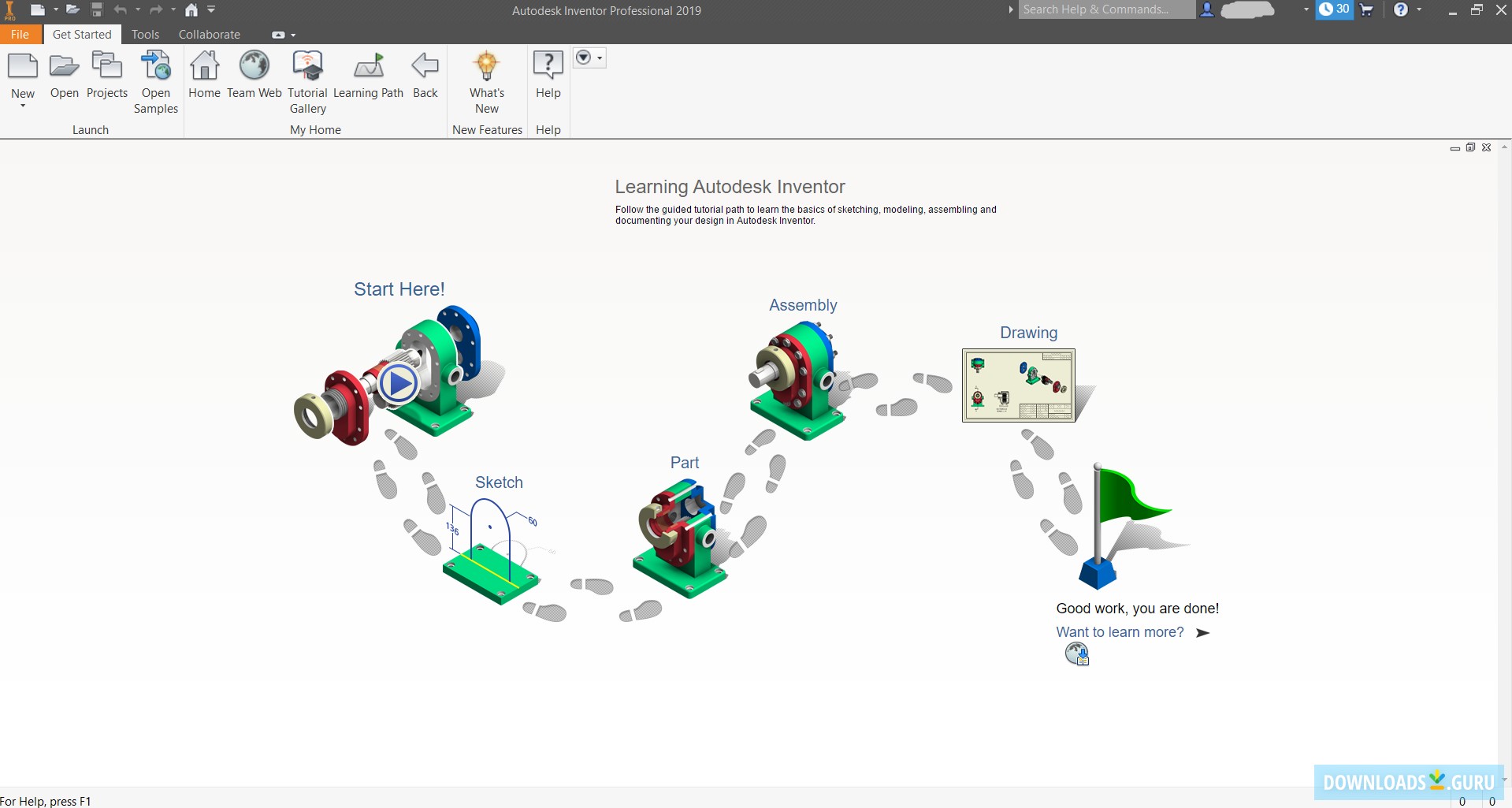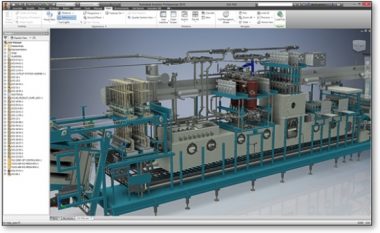

When you also consider that you can add all your limits (angular AND linear limits on a cylindrical joint for instance) in the same operation, and have all this joint information stored in one place for future edits it’s a huge benefit, and eases one of the largest CAD headaches in existence – COMPLEX MECHANISMS!īut enough chit chat.

So joints make it much easier to bring the parts together with minimal fuss. Sliding Joint = 2x Mates + Mate for Limits How about a sliding joint? That would have involved 2 mate constraints (and a third one with limits applied if you wanted a range of motion), but is now just one hit. What about if I wanted to produce a rigid joint between two moving components? Remember that’s not the same thing as grounding a component! Rigidly joining two components (assuming you’re not using a skeletal modelling technique) would traditionally have taken at least 2, or possibly 3 constraints (as well as all the effort of turning on the visibility of all the work planes you need), but you can now do it with a single joint. How much easier it is to make all your changes to the joint in one place.

This is great, but if we take the example of a cylindrical joint we see how this concept of combo constraints has been taken further – it’s like doing the following: Cylindrical Joint = Insert Constraint + Angular AlignmentĪll in one go. So why are they quicker? Well perhaps you remember that an insert constraint is a combo of a face to face constraint plus an axis to axis mate? Insert Constraint = Face Mate (with Offset) + Axis Mate So what difference do they make over your common or garden Inventor constraints? Well to summarise - they don’t do anything that CAN’T be done with constraints, but they’ll do it in half the time or less AND will be a heck of a lot easier to analyse and make changes to at a later point. I thought I’d have a bit more of an in-depth look at them myself. I’ve been doing a fair amount of update training for Inventor 2014 recently, and the new ‘Joints’ tools are one of the biggest talking points.


 0 kommentar(er)
0 kommentar(er)
